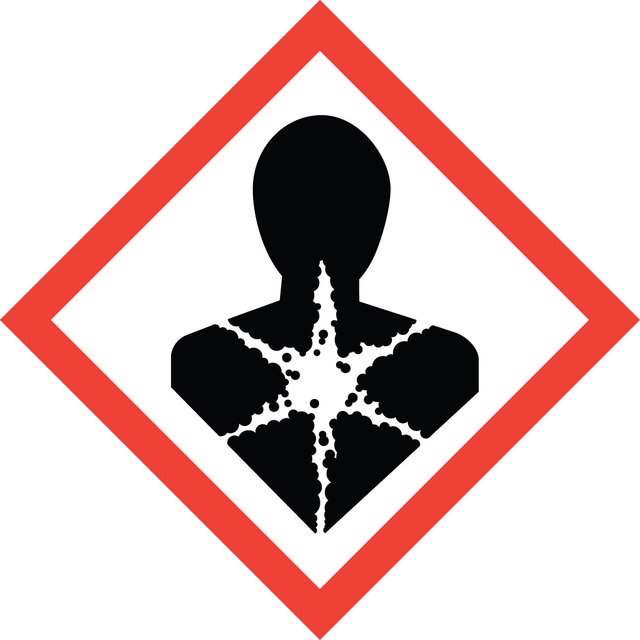This product is a further purification of product H3506 and may contain some residual salts, such as sodium chloride.
Select a Size
$177.00
$512.00
$960.00
$177.00
Available to ship TODAYDetails
About This Item
Skip To
Product Name
Hyaluronidase from bovine testes, Type VI-S, lyophilized powder, 3,000-15,000 units/mg solid
biological source
bovine testis
conjugate
conjugate (Glucosaminoglycan)
type
Type VI-S
form
lyophilized powder
specific activity
3,000-15,000 units/mg solid
mol wt
~55 kDa (four subunits of 14 kDa each)
relevant disease(s)
cancer
storage temp.
−20°C
Quality Level
Gene Information
cow ... HYAL1(515397), HYAL2(281838)
Looking for similar products? Visit Product Comparison Guide
Related Categories
Biochem/physiol Actions
Other Notes
Preparation Note
signalword
Danger
hcodes
pcodes
Hazard Classifications
Resp. Sens. 1
Storage Class
11 - Combustible Solids
wgk
WGK 3
flash_point_f
Not applicable
flash_point_c
Not applicable
ppe
Eyeshields, Gloves, type N95 (US)
Choose from one of the most recent versions:
Already Own This Product?
Find documentation for the products that you have recently purchased in the Document Library.
Articles
Explore the role of hyaluronan, hyaluronic acid structure, hyaluronan synthesis & degradation, and more. Find GAGs, hydrogels, and scaffold kits.
Uncover more about glycosaminoglycans and proteoglycans including the structure of glycosaminoglycans (GAGs), the different types of GAGs, and their functions.
Glycosaminoglycans are large linear polysaccharides constructed of repeating disaccharide units.
Protocols
To measure hyaluronidase activity, a turbidimetric determination assay is used at 600 nm. One unit of hyaluronidase activity will cause a change in absorbance of 0.330 per minute at pH 5.35 at 37 °C.
Related Content
-
We bought this product. H3631, Batch Number: SLCH2685. Could you please provide the info on componants like, what are other componants present along with Hyaluronidase which is 3909/mg of solid (40ug, what is the remaining 940ug)?
1 answer-
Helpful?
-
Active Filters
Our team of scientists has experience in all areas of research including Life Science, Material Science, Chemical Synthesis, Chromatography, Analytical and many others.
Contact Technical Service